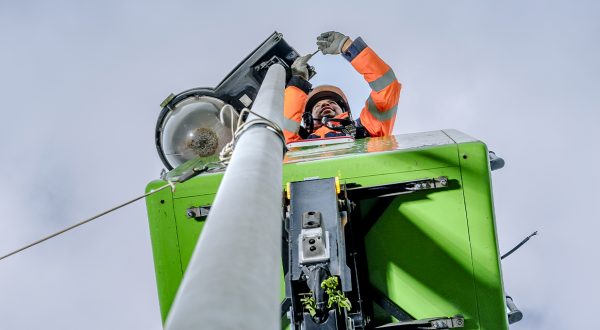Cities often come up against the issue of standards when they want to develop services. But solutions do exist that link the old and the new within a continuous improvement process.![]()
As part of its drive to achieve smart city status, the city of Bordeaux invited tenders to connect the infrastructure in one of its neighbourhoods. A key requirement of the project was that the various services should be interoperable, should communicate with each other, and share data. However, only one of the eight consortiums that participated in the tender complied with the request, according to a Journal du Net (JDN) survey.
This anecdote provides insights into the lack of dialogue that can exist in this area between local authorities and manufacturers. “When businesses start losing several contracts because they refuse to support interoperability, then mentalities will change,” says the smart city project leader at Bordeaux Métropole (a public body for intermunicipal cooperation), quoted by JDN.
“A smart city is a process of continuous improvement in city operation methods. Not a big bang”
Clémence Borezée, smart city project manager at VINCI Energies, confirms this assessment. She refers to a case in which an energy authority was offered a “proprietary solution without delivery of the source code” by a company, which meant no prospect of interconnection with other services that might be developed in the future. “There’s real demand in cities to interface their systems and to make several services interoperable,” she adds. However, looking at it in context, she says, “it’s a temporary problem” which should not block projects because “mobility, air quality, and energy issues require immediate action.”
“We can move forward, and indeed we must move forward, without waiting for the standards,” she continues. “It’s simply a matter of planning for their arrival and incorporation into cities’ smart management systems.” So, what is the best way to move forward? “By building your smart city on top of your current city, efficiently, and optimising past investments. You’re not starting from scratch, since most if not all cities already have systems that produce data.”
Canberra, a smart city in the making
The capital city of Canberra in Australia can serve as a yardstick, says Clémence Borezée. VINCI Energies has deployed a system there that combines smart LED lighting, smart city network implementation, and integrated infrastructure management.
As part of this programme, she stresses, “We retained the old asset management software so as to add value to local authority investments. It will be replaced at a later stage. Our solution is like Lego, so this is entirely possible.” “Open, scalable, and secure,” the smart city platform is key to the solution rolled out in Canberra.
BIM City, as the platform is called, provides “a link between today’s and tomorrow’s city operation solutions,” says Jeremy Deville, business unit manager at VINCI Energies, who is confident that cities can, as of today, move towards standards without putting developments on hold to wait for them. He concludes: “A smart city is a process of continuous improvement in city operation methods. Not a big bang.”
13/06/2019
Learn more:
https://www.journaldunet.com


